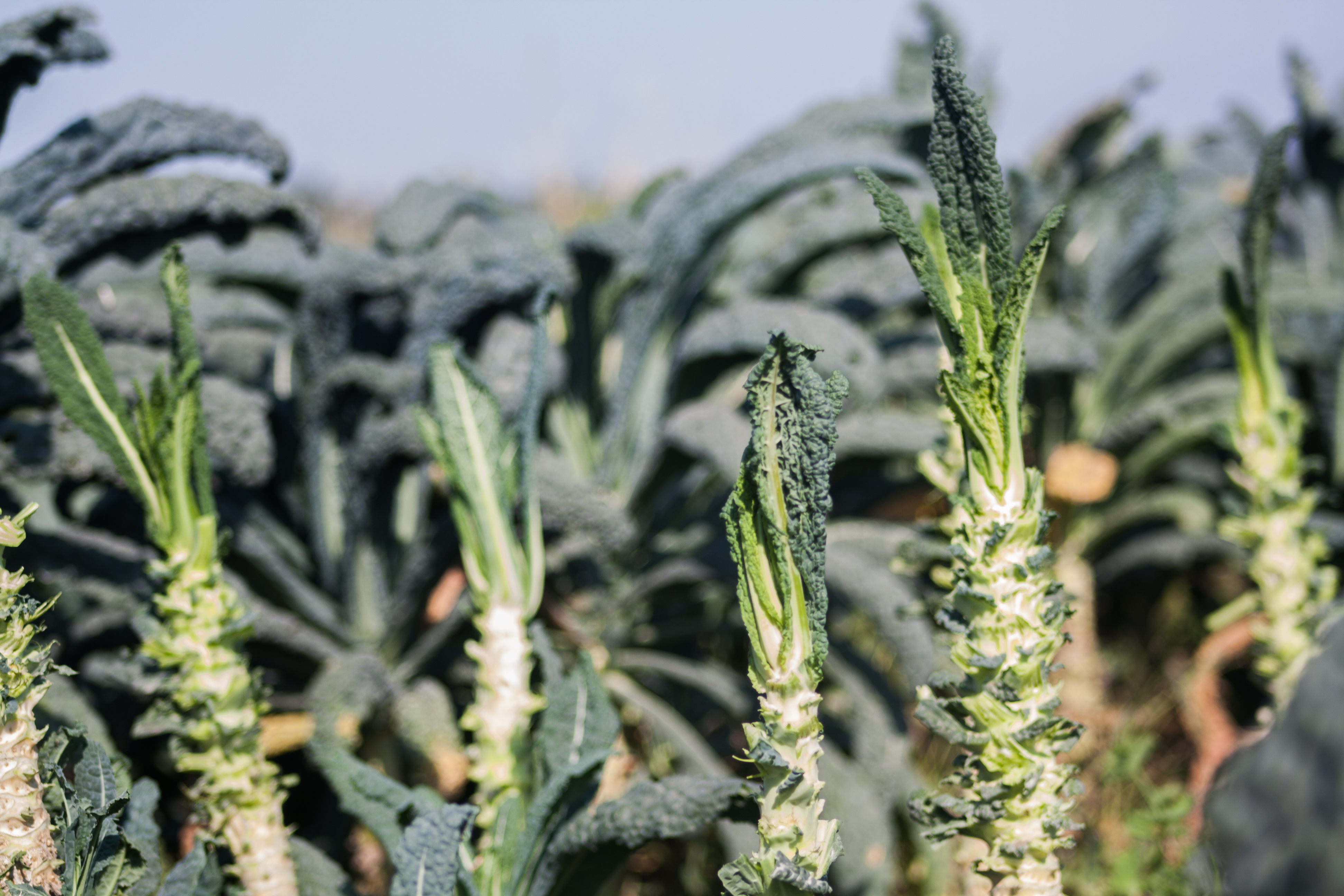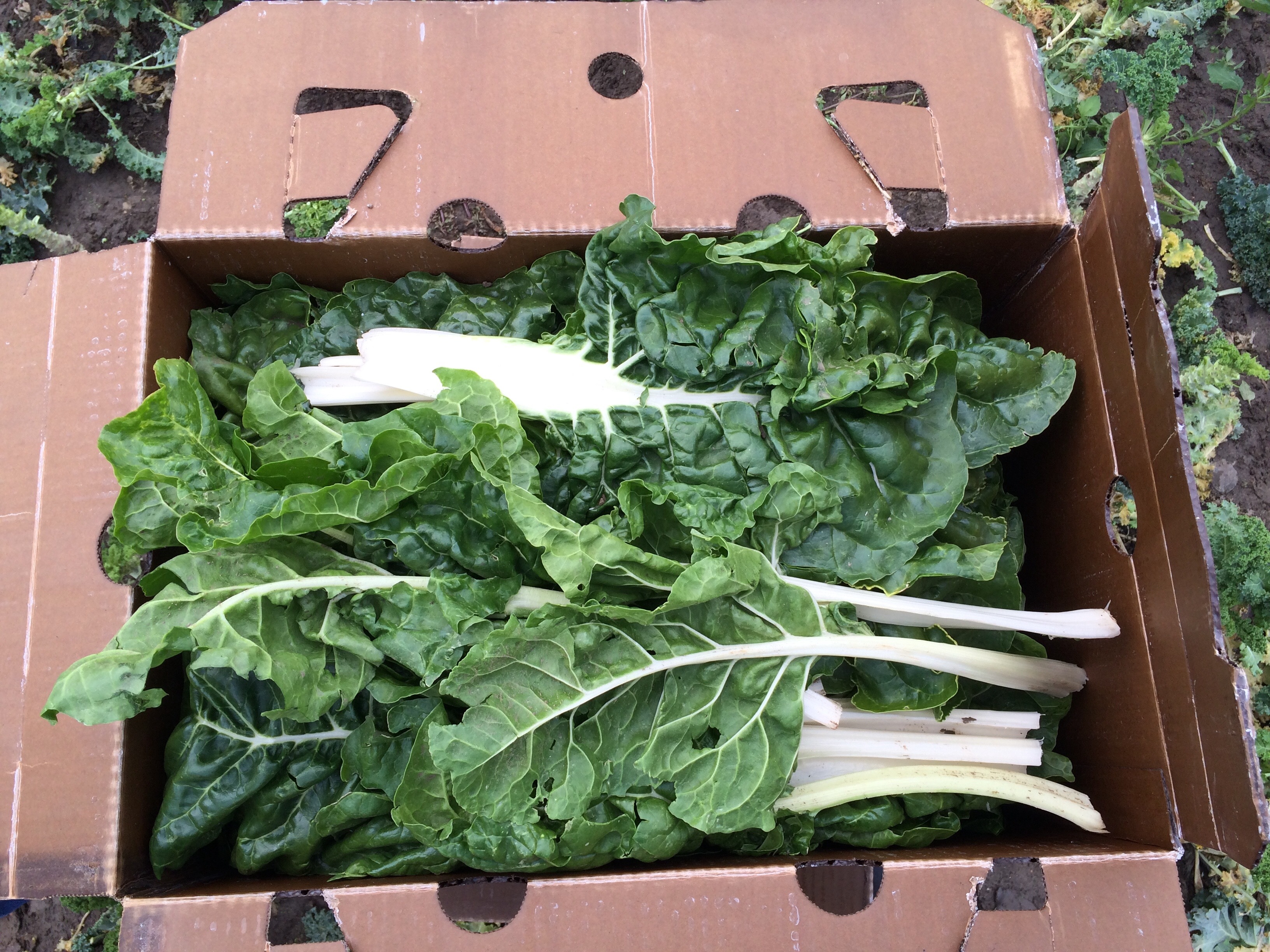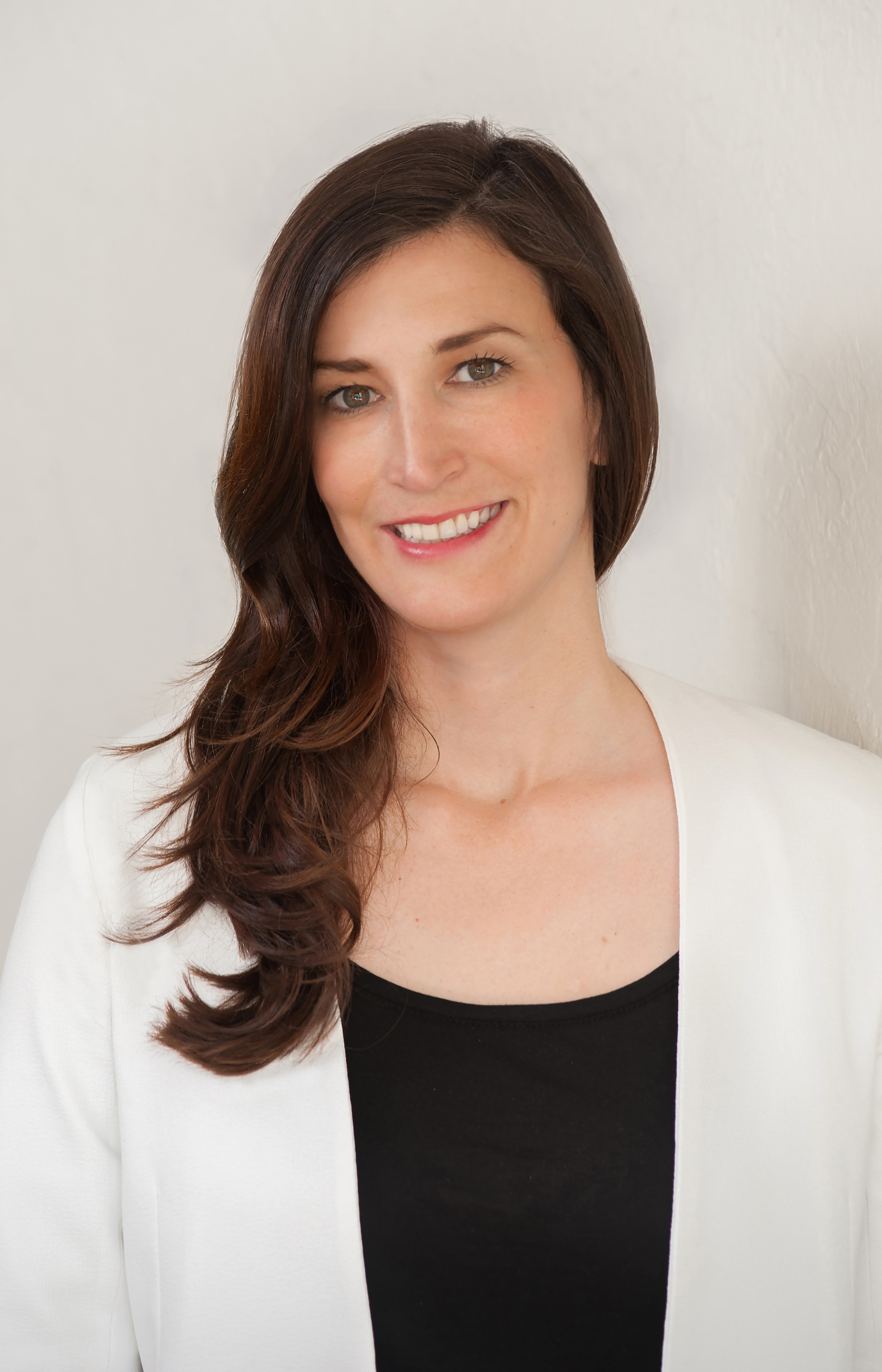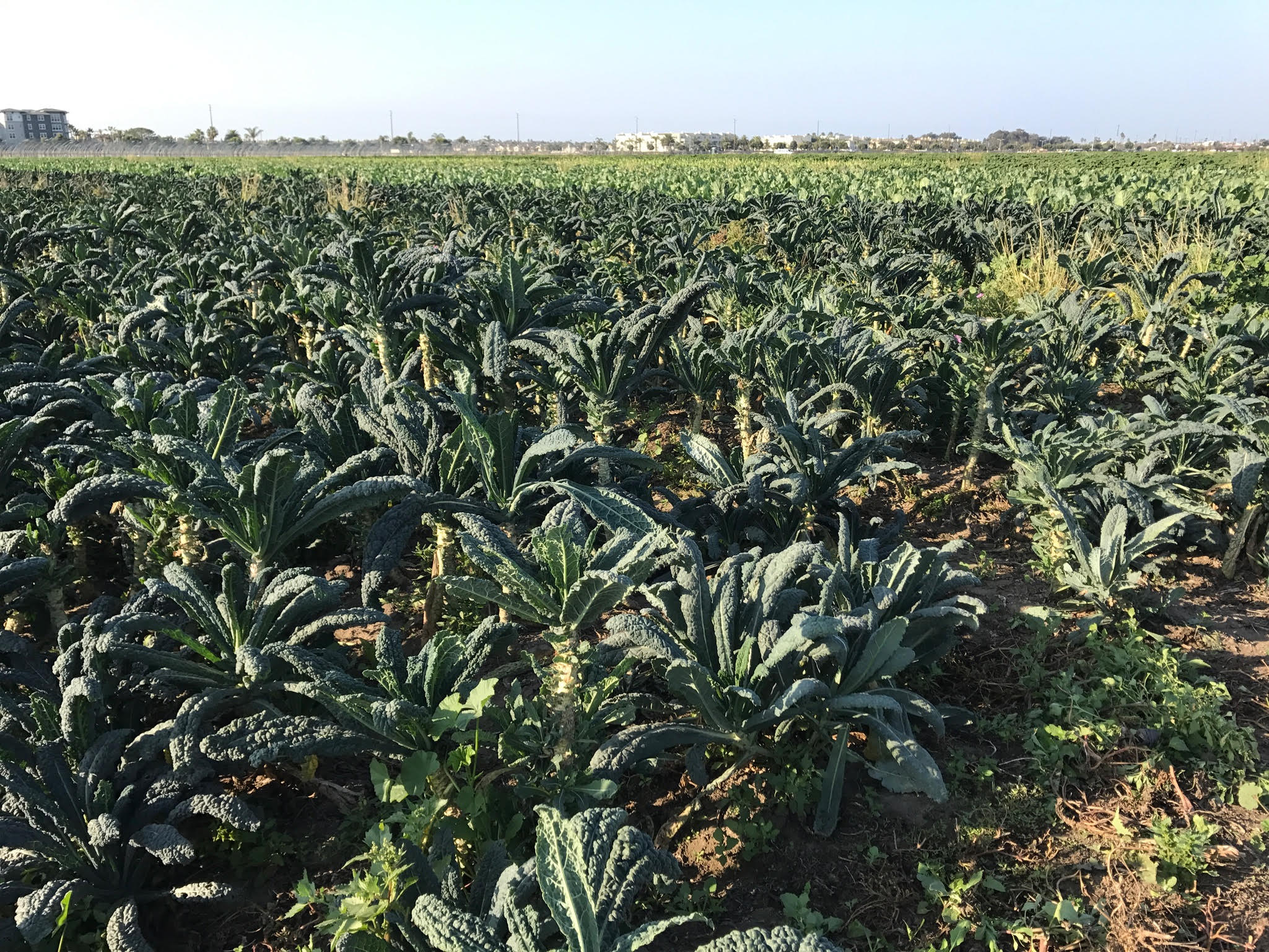Recall the last time you went to the produce section of your local grocery store. You were probably greeted by fruits and vegetables that were appealing to the eye, completely (or at worst, mostly) blemish-free and without any obvious deformities. That’s no coincidence; by the time that food arrived to the store it had already been selected specifically for its shape and form, all in the name of improving the customer experience.
While this filtering does make us feel better about the food we buy and eventually eat, it doesn’t come without costs to the environment and society as a whole. The produce that doesn’t make the cut, or so-called “imperfect” produce, is often shipped off to landfills or left to rot in the field, aggravating food waste. In the US alone, over half of all produce is wasted by both producers and consumers, while globally that figure is around a third.
Determined to do something to change that, Christine Moseley decided to found Full Harvest, an online marketplace that connects farmers with food and beverage companies in order to provide a good use for imperfect produce. Both sides benefit from the connection, as growers can sell more produce while food and beverage companies who don’t have to be picky about food shape can get cheaper ingredients for their products. I interviewed Christine to learn more about her background, the nuances of food waste, and Full Harvest’s role in tackling it.
How did Full Harvest originally get started?
Christine Moseley: The quick story is that I spent 12 years in the logistics space working for the world’s largest shipping company, and then after business school I helped to scout one of the first cold press juice companies in the country, Organic Avenue, and I fell in love with the food space. But I was frustrated that they were selling $13 green juices, and it was because they were paying top dollar for perfect-looking produce, just to immediately process it. So I became very passionate about figuring out to how to make healthy food more affordable and accessible, because I realized that that was the most direct way to improve people’s health and the environment. If more people are eating healthy food then they’re eating more plant-based food, they’re healthier, and it’s helping the world better.
I moved out to California three years ago to research how to innovate on the supply chain to make healthy food more affordable, and that’s when I found out the crazy food waste statistics that at the time no one was really talking about. I was blown away by how big of an impact it seemed to be on the environment, and how big of a problem it was. I went out to farms myself to see what was happening, and my “aha” moment that I talk about was being in a romaine lettuce field on one of the largest farms in the country, where they were harvesting just for the romaine heart and leaving 70% of the plant on the ground before just churning it immediately back under. Those leaves were beautiful, edible, perfectly fine, and would’ve been absolutely perfect for juices or anything else that I was selling at my last company. I started researching why that was, and realized that what was needed was an easy-to-use marketplace to connect farmers directly to the food and beverage companies who don’t need to care what produce looks like in order to offload that product or be incentivized to actually capture and sell it. So that’s how Full Harvest came about.
 In the Photo: Chard samples. Photo Credit: Full Harvest
In the Photo: Chard samples. Photo Credit: Full Harvest
Following up on the notion that Full Harvest serves as a way to connect farmers and food and beverage companies directly, was there some sort of intermediary in the process beforehand?
CM: The best way to explain it is that essentially the main demand for produce has been grocery stores, which is where consumers shop with their eyes. Because we’ve been in a world of abundance for the last few decades, people have gotten pickier and pickier, and therefore the retailers that are getting bigger and more consolidated have gotten pickier and pickier, trickling down that demand to the farmers. The growers were trying to make sure they didn’t lose business to Walmart or Costco or Safeway, so they started harvesting only perfect-looking stuff to make sure they kept that business.
Meanwhile, food and beverage companies were piggybacking off of that supply chain of retailers, and they didn’t have their own supply chain to cater to them for “imperfect” and surplus produce. Because of that, they just ended up buying the perfect-looking produce at top dollar. 5-10 years ago this wouldn’t have been a business opportunity, but in the last five years or so there’s been a huge surge in plant-based, healthy products. So the timing is right for us to help cater to that new business opportunity and the supply chain that’s needed. To clarify, it’s not that the food and beverage companies were actually purchasing from retailers. They were purchasing from the same distributors that retailers were purchasing from, and the distributors were the ones taking only the perfect-looking produce.
 In the Photo: Full Harvest founder Christine Moseley. Photo Credit: Full Harvest.
In the Photo: Full Harvest founder Christine Moseley. Photo Credit: Full Harvest.
What kinds of clients does Full Harvest typically serve?
CM: We really aren’t picky, we basically just say it’s any food and beverage company that doesn’t need to care what produce looks like, because they process it in some way. So there’s a huge range of companies. Pretty much any consumer packaged good food company that uses produce.
As someone who started looking at food waste from a different background originally, what kinds of things have you learned about the issue over time as Full Harvest has continued operating?
CM: Number one is that it’s a way bigger problem than people thought even three years ago. Paul Hawken, who wrote the book “Drawdown”, just came out with a report two months ago that said reducing food waste is the third largest way to reverse climate change, even over lowering beef consumption and solar energy.
Two, I’ve been interested to see how people have shifted from when I first used to tell people about this problem to now. Back then they thought it was very unsexy and didn’t care, but now because of media and people talking about it and making it interesting everyone’s interested in it. I joke that “unsexy is the new sexy” given that unsexy things can become interesting if you market it or phrase it in the right way, and hopefully other social entrepreneurs can figure out ways to do that for their own problems that they’re tackling.
 In the Photo: Edible kale left unpicked on the field after a harvest. Photo Credit: Full Harvest.
In the Photo: Edible kale left unpicked on the field after a harvest. Photo Credit: Full Harvest.
What does the future of Full Harvest look like in your eyes?
CM: We have big plans, we say that we want to become the “Amazon of produce”. The biggest thing I’ve been surprised by is how much benefit technology brings to the space and how much it was desperately needed. Everything was done over paper and text message and phone calls and emails, and this industry needs to be brought into the 21st century. That in itself has helped the environment, reducing all that paper and all the inefficiencies by being able to automate. We’re also trying to work on some partnerships to automate trucking and use technology to be more efficient with gas and that kind of stuff. I think that there’s just a really exciting opportunity to disrupt and innovate along the supply chain, and just bring it into this day and age.
RELATED ARTICLES:
Three Global Problems, One Solution: Plant-based Meat
Why does sustainable agriculture remain a challenge?
Future of Food: Reducing Waste



 In the Photo: Chard samples. Photo Credit: Full Harvest
In the Photo: Chard samples. Photo Credit: Full Harvest In the Photo: Full Harvest founder Christine Moseley. Photo Credit: Full Harvest.
In the Photo: Full Harvest founder Christine Moseley. Photo Credit: Full Harvest. In the Photo: Edible kale left unpicked on the field after a harvest. Photo Credit: Full Harvest.
In the Photo: Edible kale left unpicked on the field after a harvest. Photo Credit: Full Harvest.





